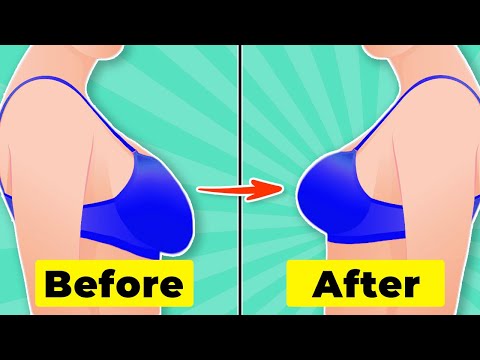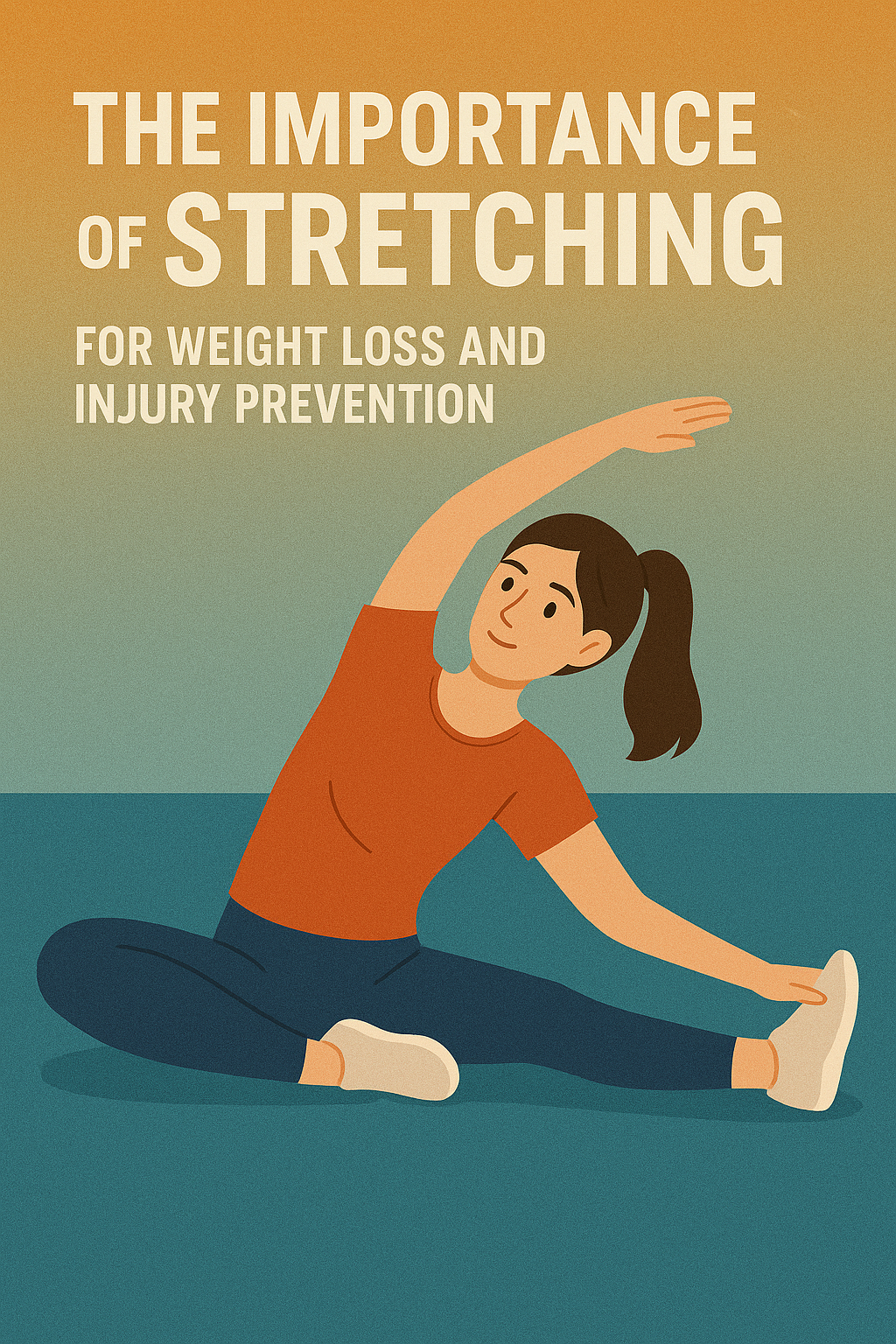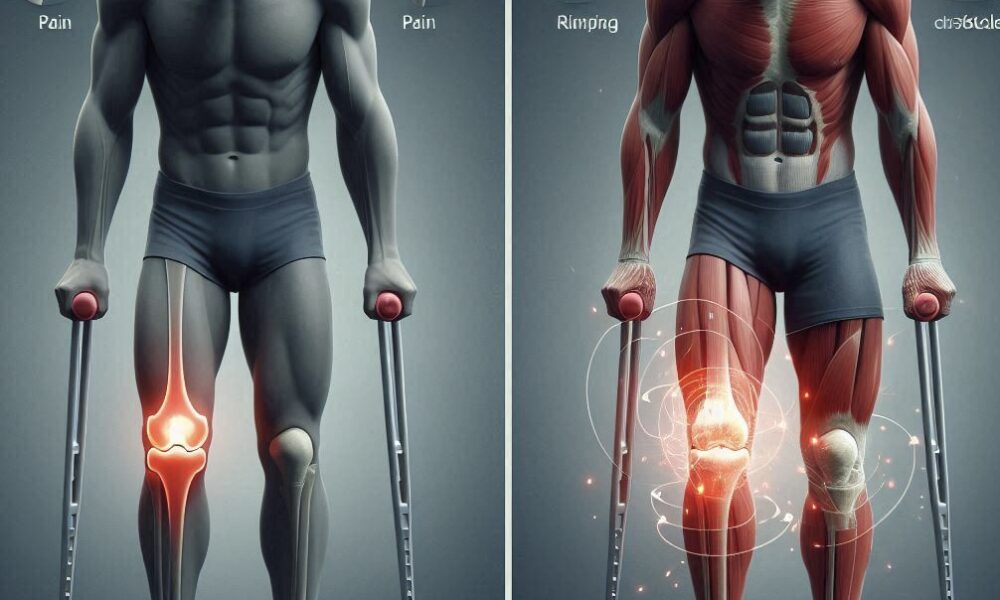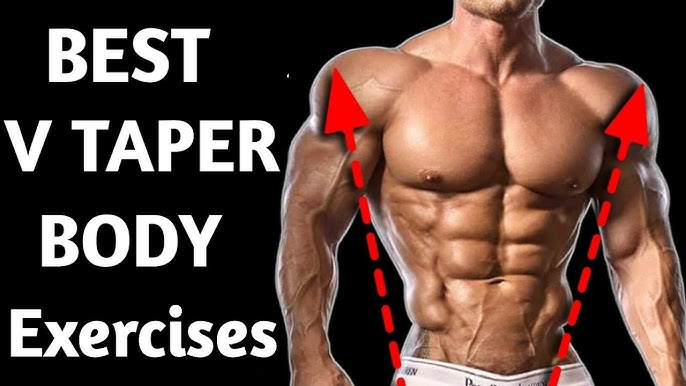Introduction
Get ready to boost your bust and regain confidence with these simple yet effective exercises!
As women, our breasts are an integral part of our femininity and self-image. However, factors such as aging, pregnancy, weight fluctuations, and genetics can cause our breasts to sag, leading to a loss of confidence and self-esteem. Sagging breasts can make us feel self-conscious about our bodies, affecting our overall quality of life.
But here’s the good news: you don’t have to live with sagging breasts! With the right exercises and techniques, you can lift and tone your breasts, achieving a more youthful and confident appearance. In this post, we’ll explore the best exercises to lift and tone sagging breasts, helping you regain your confidence and feel great about your body.
Whether you’re looking to improve your overall breast health, enhance your appearance, or simply feel more confident in your own skin, this post is for you. So, let’s get started on this journey to a more lifted, toned, and confident you!
What to Expect
In this post, we’ll cover:
The causes of sagging breasts and how they affect our self-esteem
The best exercises to lift and tone sagging breasts
Additional tips for maintaining good breast health and appearance
Real-life examples and success stories from women who have seen improvements in their breast health and appearance
By the end of this post, you’ll have a comprehensive understanding of how to lift and tone your breasts, and you’ll be equipped with the knowledge and motivation to start your journey to a more confident and radiant you!
Understanding Sagging Breasts
Before we dive into the exercises and techniques to lift and tone sagging breasts, it’s essential to understand what causes breast sagging in the first place. In this section, we’ll explore the definition of ptosis, its causes, and the anatomy of the breast. We’ll also discuss the emotional impact of sagging breasts on women’s self-esteem and confidence.
Definition of Ptosis and Its Causes
Ptosis, also known as breast sagging, is a natural process that occurs when the skin and tissues supporting the breast lose their elasticity and firmness. This can happen due to various factors, including:
1. Aging: As we age, our skin’s elasticity and firmness decrease, causing the breast to sag.
2. Pregnancy and Breastfeeding: Hormonal changes during pregnancy and breastfeeding can cause the breast to stretch and sag.
3. Weight Fluctuations: Significant weight gain or loss can cause the breast to stretch and sag.
4. Genetics: Some women may be more prone to breast sagging due to their genetic makeup.
Anatomy of the Breast and Its Effect on Sagging
The breast is composed of glandular tissue, fatty tissue, and connective tissue. The glandular tissue produces milk, while the fatty tissue provides cushioning and support. The connective tissue, which includes ligaments and Cooper’s ligaments, helps to suspend the breast.
When the connective tissue is stretched or weakened, the breast can sag. This can happen due to the causes mentioned earlier, such as aging, pregnancy, and weight fluctuations.
Emotional Impact of Sagging Breasts on Women’s Self-Esteem and Confidence
Sagging breasts can have a significant emotional impact on women’s self-esteem and confidence. Many women feel self-conscious about their bodies, avoiding certain activities or clothing that may accentuate their sagging breasts.
Some common emotions associated with sagging breasts include:
1. Low Self-Esteem: Women may feel less attractive or confident due to their sagging breasts.
2. Embarrassment: Women may avoid intimate situations or social events due to feelings of embarrassment about their breasts.
3. Anxiety: Women may feel anxious about their appearance, leading to stress and anxiety.
4. Depression: In severe cases, sagging breasts can contribute to feelings of depression and low self-worth.
It’s essential to remember that sagging breasts are a natural part of life, and many women experience it. By understanding the causes and effects of breast sagging, we can take the first step towards regaining our confidence and self-esteem. In the next section, we’ll explore the best exercises to lift and tone sagging breasts.
Exercises to Lift and Tone Sagging Breasts
Now that we understand the causes and effects of breast sagging, it’s time to explore the exercises that can help lift and tone our breasts. In this section, we’ll cover a range of exercises that target the muscles underneath the breast tissue, helping to lift and firm the breasts.
Warm-up Exercises
Before we start with the breast-lifting and toning exercises, it’s essential to warm up our muscles. These exercises will help increase blood flow and reduce the risk of injury:
1. Neck Stretches: Slowly tilt your head to the side, bringing your ear towards your shoulder. Hold for 30 seconds and repeat on the other side.
2. Shoulder Rolls: Roll your shoulders forward and backward in a circular motion. Repeat for 30 seconds.
3. Chest Opens: Stand in a doorway with your hands on the doorframe at shoulder height. Lean forward, stretching your chest and shoulders. Hold for 30 seconds.
Breast-Lifting Exercises
These exercises target the pectoral muscles underneath the breast tissue, helping to lift and firm the breasts:
1. Push-ups: Start in a plank position with your hands shoulder-width apart. Lower your body until your chest almost touches the ground, then push back up to the starting position.
2. Dumbbell Presses: Lie on your back with your knees bent and feet flat on the ground. Hold a dumbbell in each hand and press them upwards towards the ceiling.
3. Chest Flys: Sit on the edge of a bench or chair with your feet flat on the floor. Hold a dumbbell in each hand and lift them out to the sides until they are at shoulder height.
4. Incline Dumbbell Presses: Sit on an incline bench with your feet flat on the floor. Hold a dumbbell in each hand and press them upwards towards the ceiling.
Breast-Toning Exercises
These exercises target the muscles surrounding the breast tissue, helping to tone and firm the breasts:
1. Pec Deck: Sit on a pec deck machine with your back against the pad. Hold the handles and press them together, squeezing your chest muscles.
2. Chest Dips: Sit on the edge of a bench or chair with your feet flat on the floor. Place your hands next to your hips and lower your body by bending your elbows until your arms are bent at a 90-degree angle.
3. Cable Flys: Stand facing a cable machine with the cable at chest height. Hold a handle in each hand and press them out to the sides until they are at shoulder height.
4. Resistance Band Exercises: Hold a resistance band in both hands and press it out to the sides until it is at shoulder height.
Core and Shoulder Exercises to Support Breast Health
These exercises target the muscles that support the breasts, helping to improve posture and reduce the strain on the breast tissue:
1. Planks: Start in a plank position with your hands shoulder-width apart. Hold for 30-60 seconds, engaging your core muscles.
2. Shoulder Presses: Stand or sit with your feet shoulder-width apart. Hold a dumbbell or weight in each hand and press them straight up over your head.
3. Lateral Raises: Stand or sit with your feet shoulder-width apart. Hold a dumbbell or weight in each hand and lift them out to the sides until they are at shoulder height.
4. Front Raises: Stand or sit with your feet shoulder-width apart. Hold a dumbbell or weight in each hand and lift them straight out in front of you until they are at shoulder height.
Remember to always consult with a healthcare professional or certified fitness expert before starting any new exercise program. It’s also essential to focus on proper form and technique to avoid injury and get the most out of your workout.
Additional Tips for a Perkier Bust
In addition to the exercises we’ve covered, there are several other tips that can help you achieve a perkier bust. In this section, we’ll explore the importance of wearing a supportive bra, maintaining a healthy weight, staying hydrated and eating a balanced diet, and considering breast massage and self-care.
Wear a Supportive Bra
Wearing a supportive bra is essential for maintaining the health and appearance of your breasts. A well-fitting bra can help:
1. Reduce breast movement: Excessive breast movement can cause the breast tissue to stretch and sag. A supportive bra can help minimize this movement.
2. Distribute weight evenly: A supportive bra can help distribute the weight of your breasts evenly, reducing the strain on your breast tissue.
3. Prevent breast pain: Wearing a supportive bra can help alleviate breast pain and discomfort caused by poor bra fit.
To ensure you’re wearing a supportive bra, follow these tips:
1. Get a professional bra fitting: Visit a specialty lingerie store and get a professional bra fitting to ensure you’re wearing the right size and style.
2. Choose a bra with good support: Look for bras with wide straps, a sturdy band, and cups that fully cover your breasts.
3. Avoid wearing bras that are too tight or too loose: Bras that are too tight can cause breast pain and discomfort, while bras that are too loose can fail to provide adequate support.
Maintain a Healthy Weight
Maintaining a healthy weight is essential for overall health and well-being, including breast health. Weight fluctuations can cause breast sagging, so it’s essential to:
1. Eat a balanced diet: Focus on whole, nutrient-dense foods like fruits, vegetables, whole grains, lean proteins, and healthy fats.
2. Exercise regularly: Aim for at least 150 minutes of moderate-intensity exercise or 75 minutes of vigorous-intensity exercise per week.
3. Avoid extreme weight fluctuations: Aim for slow and steady weight loss or gain to minimize the impact on your breast tissue.
Stay Hydrated and Eat a Balanced Diet
Staying hydrated and eating a balanced diet are essential for maintaining healthy skin and breast tissue. Here are some tips:
1. Drink plenty of water: Aim for at least eight glasses of water per day to keep your skin and breast tissue hydrated.
2. Eat foods rich in omega-3 fatty acids: Omega-3 fatty acids, found in foods like salmon, walnuts, and chia seeds, can help reduce inflammation and promote healthy skin and breast tissue.
3. Include foods rich in antioxidants: Antioxidants, found in foods like berries, leafy greens, and other fruits and vegetables, can help reduce oxidative stress and promote healthy skin and breast tissue.
Consider Breast Massage and Self-Care
Breast massage and self-care can help promote breast health and overall well-being. Here are some benefits:
1. Improved lymphatic drainage: Breast massage can help improve lymphatic drainage, reducing the risk of breast cancer and other breast health issues.
2. Reduced stress and anxiety: Breast massage and self-care can help reduce stress and anxiety, promoting overall well-being.
3. Improved breast health awareness: Breast massage and self-care can help you become more aware of your breast health, reducing the risk of breast cancer and other breast health issues.
To incorporate breast massage and self-care into your routine, try the following:
1. Practice self-massage: Use gentle, circular motions to massage your breasts, focusing on the outer edges and underneath the breasts.
2. Use a breast massage oil or cream: Look for products containing natural ingredients like coconut oil, sweet almond oil, or shea butter.
3. Make time for self-care: Set aside time each day to relax, reduce stress, and promote overall well-being.
Conclusion
Congratulations on taking the first step towards achieving a perkier, more confident you! In this post, we’ve explored the best exercises and tips for lifting and toning sagging breasts. Remember, it’s essential to focus on overall health and well-being, rather than just targeting a specific area of the body.
Recap of Exercises and Tips
To recap, we’ve covered:
1. Warm-up exercises: Neck stretches, shoulder rolls, and chest opens to prepare your muscles for the workout ahead.
2. Breast-lifting exercises: Push-ups, dumbbell presses, chest flys, and incline dumbbell presses to target the pectoral muscles underneath the breast tissue.
3. Breast-toning exercises: Pec deck, chest dips, cable flys, and resistance band exercises to target the muscles surrounding the breast tissue.
4. Core and shoulder exercises: Planks, shoulder presses, lateral raises, and front raises to support breast health and overall posture.
5. Additional tips: Wearing a supportive bra, maintaining a healthy weight, staying hydrated and eating a balanced diet, and considering breast massage and self-care.
Start Incorporating These Exercises into Your Fitness Routine
Now that you have the knowledge, it’s time to take action! Start incorporating these exercises into your fitness routine, and remember to:
1. Start slow: Begin with lighter weights and gradually increase the intensity as you become more comfortable with the exercises.
2. Focus on proper form: Engage your core, keep your shoulders down and away from your ears, and focus on squeezing your chest muscles.
3. Make it a habit: Aim to do these exercises 2-3 times per week, and ideally, incorporate them into your daily routine.
Final Thoughts on Self-Care and Self-Love
Remember, achieving a perkier, more confident you is not just about physical exercise. It’s also about cultivating self-care and self-love. Take time to:
1. Practice self-compassion: Be kind to yourself, and avoid self-criticism.
2. Prioritize self-care: Make time for activities that nourish your mind, body, and soul, such as meditation, yoga, or spending time in nature.
3. Celebrate your uniqueness: Embrace your individuality, and celebrate what makes you unique and beautiful.
By incorporating these exercises and tips into your fitness routine, and prioritizing self-care and self-love, you’ll be well on your way to achieving a perkier, more confident you. Remember to be patient, kind, and compassionate with yourself throughout your journey.




